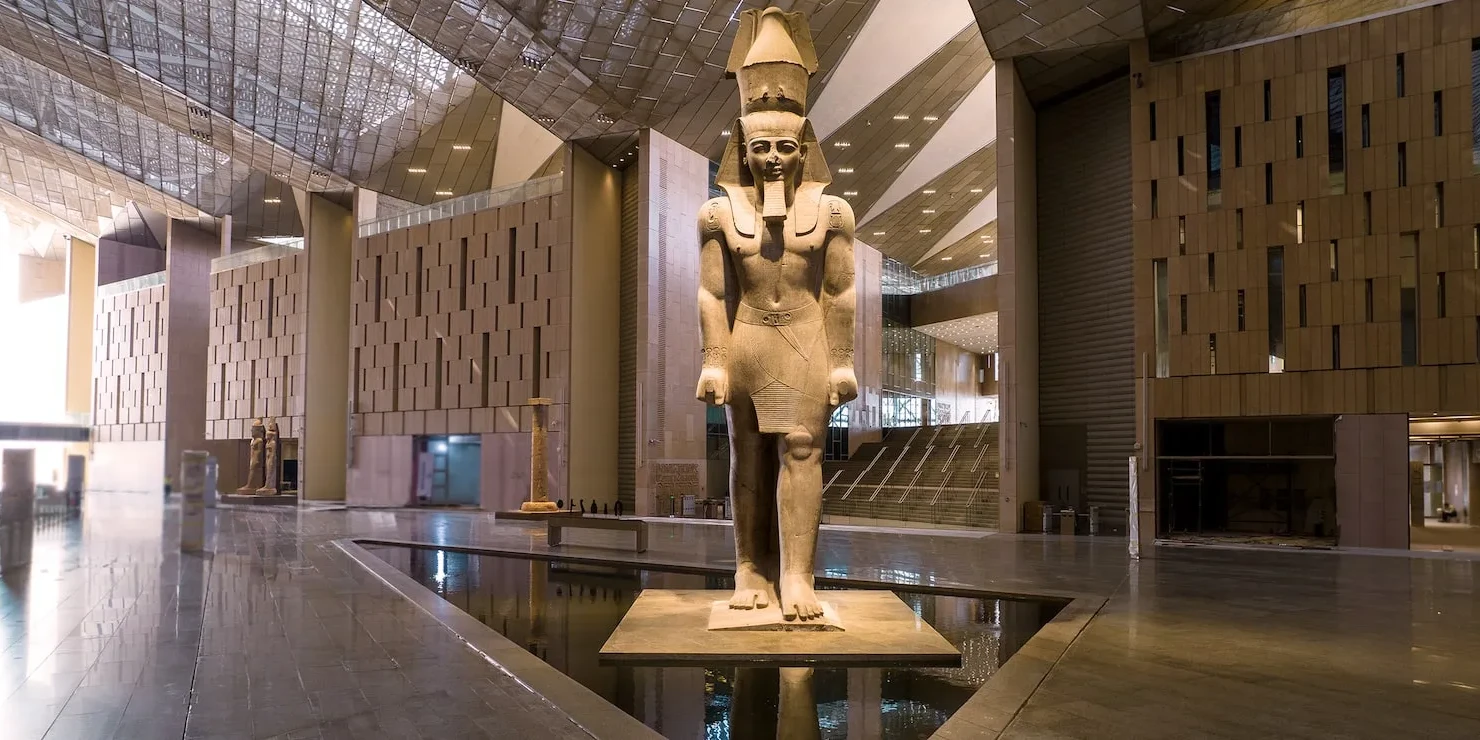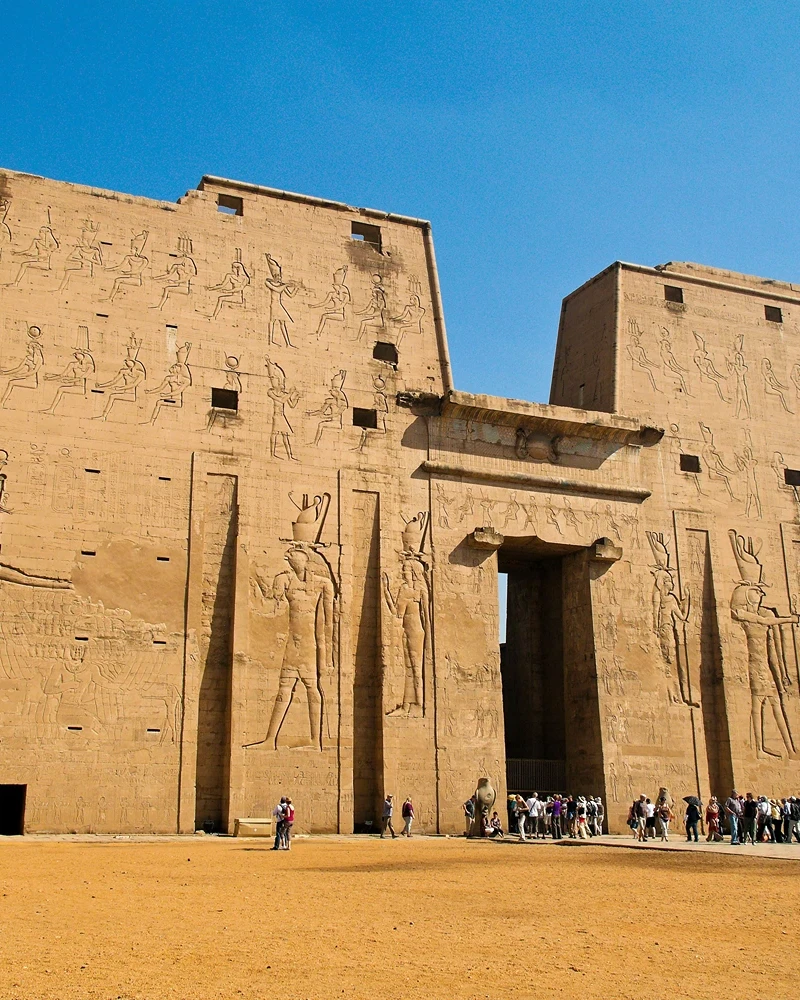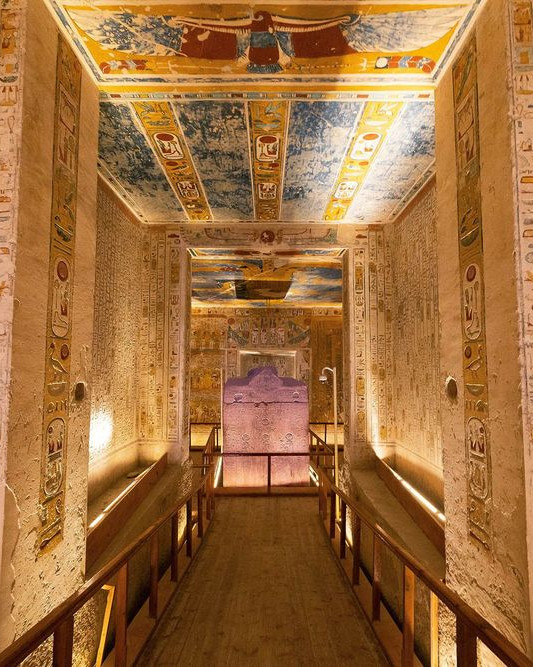How can a single building contain the essence of a civilization that spanned millennia? The Egyptian Museum in Cairo does precisely that. Located in the heart of Tahrir Square, this landmark has captivated Egyptologists and travelers alike since its opening in 1902. Today, it holds over 120,000 artifacts, including the iconic golden mask of King Tutankhamun. Whether you’re an archaeology enthusiast or a curious traveler, exploring this museum offers an unparalleled glimpse into ancient Egyptian culture and history. Dive into the depths of Egypt’s past and uncover the wonders that await within its storied halls.
Overview of the Egyptian Museum
The Egyptian Museum, also known as the Museum of Egyptian Antiquities, stands as a monumental repository of ancient Egyptian culture. Opened in 1902 and located in Tahrir Square, Cairo, this museum has been at the forefront of Egyptology. Its vast collection has made it a cornerstone for researchers and tourists alike, eager to explore millennia of history.
Housing over 120,000 artifacts, the museum’s exhibit range is unparalleled. Among its treasures is the iconic golden death mask of King Tutankhamun, a marvel of ancient craftsmanship. Other notable items include statues, jewelry, and everyday artifacts that provide a window into the lives of ancient Egyptians. Each exhibit tells a unique story, contributing to our understanding of this ancient civilization.
Situated in a prime location, the museum plays a crucial role in preserving and showcasing Egyptian heritage. Its presence in Tahrir Square makes it easily accessible for both locals and tourists. Through its extensive collection, the museum not only safeguards history but also continues to educate and inspire future generations about Egypt’s rich past.
- King Tutankhamun’s golden death mask
- Narmer Palette
- Statues of Khafre and Menkaure
- Royal Mummy Room
- The Fayum Mummy Portraits
Key Exhibits and Artifacts at the Egyptian Museum
The Egyptian Museum in Cairo boasts an array of artifacts that are pivotal to understanding ancient Egyptian history. These exhibits are not just relics; they represent significant aspects of ancient Egyptian civilization. Among the most important items are the Gold Mask of Tutankhamun, the Narmer Palette, and the statues of Khafre and Menkaure. Each of these artifacts offers invaluable insights into the art, culture, and politics of ancient Egypt.
Tutankhamun’s treasures are some of the most famous exhibits in the museum. The Gold Mask of Tutankhamun, made of solid gold and inlaid with semi-precious stones, stands as an iconic piece of ancient craftsmanship. This mask covered the face of the boy king’s mummy and is one of the most recognized artifacts globally. Other items from Tutankhamun’s tomb include chariots, thrones, and jewelry, all of which display the opulence of his reign and the skilled workmanship of ancient Egyptian artisans.
The Royal Mummy Room is another highlight. Here, visitors can view the mummies of some of Egypt’s most famous pharaohs, including Ramses II and Hatshepsut. This room not only offers a close look at these preserved bodies but also provides context about their lives and reigns. Other notable artifacts in the museum include the Fayum Mummy Portraits, which are Roman-Egyptian mummy paintings, and the Narmer Palette, which is one of the earliest historical records of ancient Egypt. These exhibits collectively make the Egyptian Museum an indispensable resource for both historians and casual visitors.
| Exhibit | Description |
| Gold Mask of Tutankhamun | An iconic gold funerary mask inlaid with semi-precious stones. |
| Narmer Palette | An ancient ceremonial engraving documenting the unification of Egypt. |
| Statues of Khafre and Menkaure | Granite statues representing these pharaohs in traditional regalia. |
| Royal Mummy Room | A collection of mummified pharaohs including Ramses II and Hatshepsut. |
| Fayum Mummy Portraits | Roman-Egyptian mummy portraits offering insights into ancient funerary practices. |
Visitor Information for the Egyptian Museum
The Egyptian Museum is open daily from 9 AM to 5 PM. On Thursdays and Sundays, the museum extends its hours until 9 PM, allowing visitors more time to explore its extensive collections. These longer hours are particularly beneficial for those wanting to avoid the daytime crowds or who have tight schedules. Being aware of these hours helps plan an efficient visit.
Ticket prices for the Egyptian Museum are EGP 200 for adults and EGP 100 for students. There’s an additional fee for the Royal Mummy Room, which is a must-see for many visitors. This room requires an extra EGP 180 for adults and EGP 90 for students. Tickets can be purchased online or at the museum’s entrance, making it convenient for all visitors. Planning ahead and buying tickets online can save time and ensure entry during peak visiting periods.
Guided tours and audio guides are available in multiple languages, enhancing the visitor experience. These tours provide detailed insights into the exhibits and the history behind them, making the visit more educational and engaging. Audio guides offer flexibility for those who prefer to explore at their own pace. Both options are highly recommended to fully appreciate the museum’s vast and diverse collections.
- Arrive early to avoid crowds.
- Wear comfortable shoes for extensive walking.
- Bring water, especially during hot months.
- Allocate at least 3-4 hours to explore thoroughly.
- Consider renting an audio guide for detailed information.
Historical Significance of the Egyptian Museum
The Egyptian Museum plays a vital role in preserving the heritage of one of the world’s oldest civilizations. By maintaining and showcasing an extensive collection of artifacts, the museum ensures that the rich history of ancient Egypt remains accessible to both scholars and the general public.
The museum’s collection spans from the Predynastic Period to the Greco-Roman Era, offering a comprehensive view of ancient Egyptian history. This extensive range provides insights into the evolution of Egyptian culture, religion, and daily life over thousands of years. Key periods such as the Old Kingdom, Middle Kingdom, and New Kingdom are well-represented, allowing visitors to see the progression and changes within this ancient civilization.
Specific artifacts within the museum highlight the importance of its collection. Items like the Narmer Palette, which records the unification of Egypt, and the iconic Gold Mask of Tutankhamun, showcase the craftsmanship and artistry of the ancient Egyptians. These artifacts not only tell the story of the pharaohs and their reigns but also provide a window into the lives of ordinary people.
The museum significantly contributes to Egyptology and historical research. By providing access to its vast collection, it supports ongoing studies and discoveries about ancient Egypt. Researchers and archaeologists from around the world utilize the museum’s resources to further their understanding of this ancient civilization, ensuring that the knowledge and legacy of ancient Egypt continue to grow and evolve.
Planning Your Visit to the Egyptian Museum
The Egyptian Museum is an indispensable stop for anyone fascinated by ancient Egypt. It holds a prominent place in Cairo sightseeing itineraries, drawing visitors from around the globe. Housing thousands of artifacts, the museum offers an unparalleled journey through Egypt’s rich history. Its central location in Tahrir Square makes it easily accessible, ensuring it remains a key attraction in the heart of Cairo.
Tour options for the Egyptian Museum are varied and highly rated. Visitors can choose from private tours, group tours, and full-day experiences that often include other key Cairo attractions like the Pyramids of Giza and the Sphinx. Private tours provide a personalized experience with expert Egyptologists who offer in-depth insights into the exhibits. Full-day tours are comprehensive, covering multiple historical sites and often including meals and transportation. These tours enhance the museum visit by providing a broader context of ancient Egyptian civilization.
Visitor reviews highlight the expertise of the guides and the detailed coverage of the museum’s vast collections. Tips from past visitors recommend arriving early to avoid crowds and allocating sufficient time to explore the museum thoroughly. Comfortable walking shoes and hydration are essential due to the museum’s size and the amount of time needed to appreciate its exhibits. Many visitors find that using an audio guide or joining a guided tour greatly enriches their experience.
- Private Tour of the Pyramids, Egyptian Museum, and Bazaar: Duration: 8 hours, includes lunch and a professional guide.
- All-Inclusive Giza Pyramids, Sphinx, Museum, Lunch, and Bazaar: Duration: Full day, includes meals, transportation, and entry fees.
- Cairo Private Day Tour to Egyptian Museum, Citadel, and Khan Khalili Bazaar: Duration: Full day, includes transportation and a guide.
- Egyptian Museum and Giza Pyramids Full-Day Tour: Duration: 9 hours, includes entry fees, a guide, and transportation.
- Luxury Full-Day Egyptian Museum, Coptic Cairo, and Bazaar Tour: Duration: Full day, includes meals, transportation, and a guide.
Final Words
Exploring the Egyptian Museum offers a rich experience filled with ancient history and remarkable artifacts. From the notable exhibit of King Tutankhamun’s treasures to the extensive Royal Mummy Room, visitors gain a deep insight into Egypt’s illustrious past.
The museum’s role in preserving Egyptian heritage cannot be overstated, making it a cornerstone of cultural tourism in Cairo.
Whether you’re keen on guided tours or planning self-explorations, the Egyptian Museum provides an unforgettable journey into the world of ancient Egypt.
Top Attractions
Why would an ancient civilization dedicate 180 years to…
Why did the ancient Egyptians choose a secluded desert…
Are the Great Pyramids of Giza merely monumental tombs, or…





